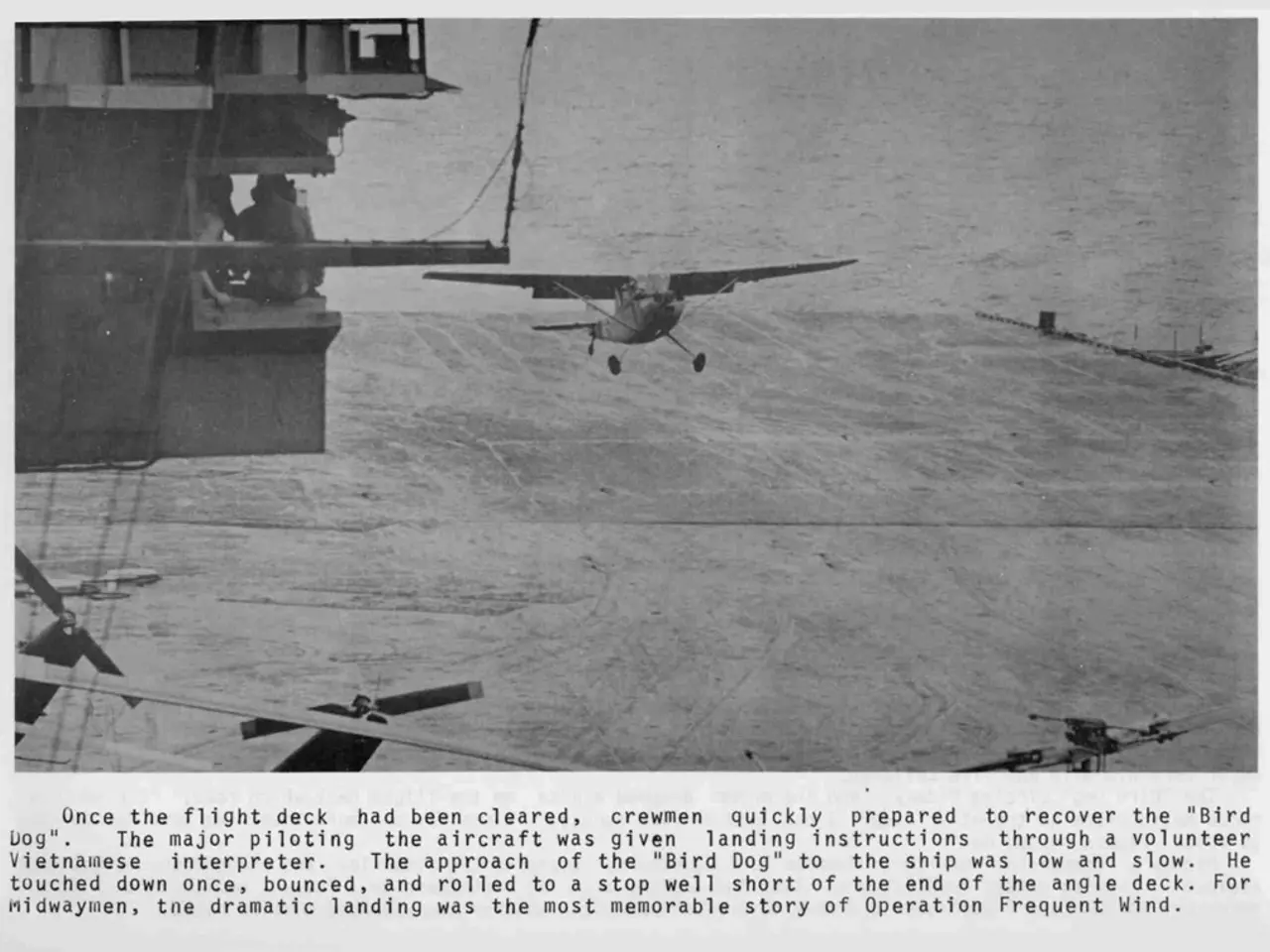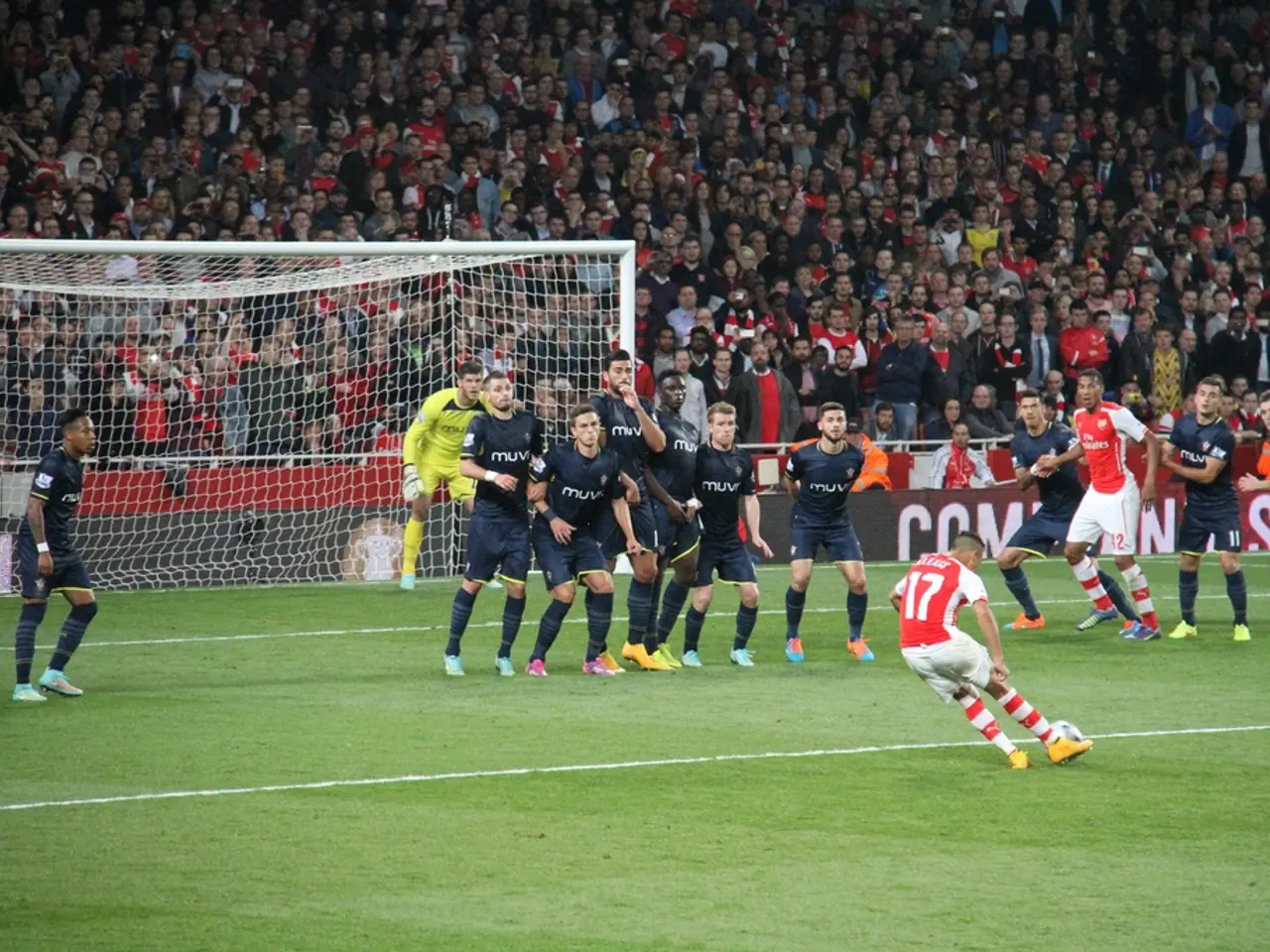Moscow: Unmanned Aerial Vehicles (UAVs) Intercepted En Route to Capital City
In the ongoing conflict between Ukraine and Russia, the latest updates reveal a significant increase in drone and missile attacks on both sides, causing widespread disruption and infrastructure damage.
On the night of July 3 to 4, 2025, Russian forces conducted the largest combined drone and missile strike against Ukraine since the full-scale invasion began. This attack primarily targeted Kyiv City and was one of the 10 largest such attacks since January 2025. The strike involved both Shahed drones and various missiles launched from multiple Russian locations, including Oryol City and Rostov Oblast. Despite Ukrainian defenses managing to shoot down many drones, the density and duration of Russian strikes are increasing, with new tactics aimed at overwhelming Ukraine’s air defenses.
Throughout June, Russia launched over 330 missiles including nearly 80 ballistic missiles, as well as more than 5,000 strike drones and over 5,000 glide bombs against Ukraine. These attacks have caused widespread disruption and are part of a campaign to degrade Ukrainian defense capabilities.
In response, Ukraine has successfully targeted Russian military facilities, notably striking the Borisoglebsk airbase. Ukraine claimed to have hit a storage facility for glide bombs there, damaging Russian air capabilities and aircraft.
US-supplied Patriot air defense systems remain critical to Ukraine’s defense against Russian ballistic missile strikes. However, recent pauses in US deliveries of some lethal aid, including interceptor missiles for Patriot systems, have impacted Ukraine’s ability to counter these attacks effectively. Discussions between Ukrainian and US leadership are ongoing to ensure continued support and replenishment of these critical systems.
The sustained drone and missile attacks have caused significant damage to Ukrainian infrastructure, including military airfields and urban areas near Kyiv and other regions such as Poltava, Kharkiv, and Odesa oblasts. The Ukrainian military continues to advance near key frontlines, while Russian forces have made limited advances in northern Sumy, Chasiv Yar, and Velyka Novosilka.
In a separate incident, a car bombing in Odessa was reported, with a Russian agent suspected of being behind the attack arrested by Ukrainian authorities. A 22-year-old suspect, previously convicted resident of Saporischschja, was allegedly recruited by Moscow via Telegram channels and acting on direct orders from a Russian intelligence officer.
Furthermore, unverified Ukrainian reports indicate drone strikes on a Russian air base in the Voronezh region and on a defense plant in Cheboksary, around 670 kilometers east of Moscow. Overnight, a total of 94 drones were shot down over Russia, with another 45 intercepted throughout the day.
Both sides have conducted the eighth prisoner of war exchange since early June, demonstrating ongoing, though limited, diplomatic communication alongside the continuing conflict. These developments highlight an intensification of military operations, with increasing drone and missile strikes targeting strategic locations, critical infrastructure, and military bases, combined with ongoing efforts for defense and counterattacks by Ukraine supported by US aid and international diplomacy.
In light of the increasing intimidation through drone and missile attacks by Russian forces on Ukraine, discussions within the community policy are necessary to address this escalation and establish more stringent measures for international peace. Employment policies in politics should prioritize providing Ukraine with necessary defense equipment, including interceptor missiles for the Patriot systems, to counter these attacks effectively.
As the conflict continues, reporting of general news outlets bears witness to various tactics employed by both sides, such as the suspected car bombing in Odessa, indicating the need for employment policies centered on intelligence gathering and cybersecurity strengthening to protect civilian populations from terrorist attacks.







